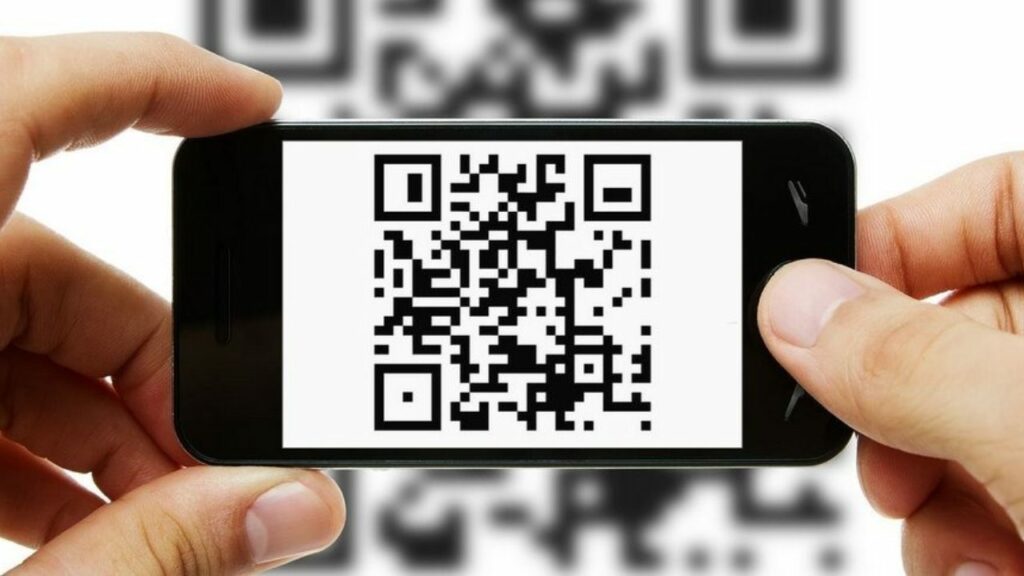In a recent circular dated April 8, 2025, the National Payments Corporation of India (NPCI) has disabled all QR share-and-pay-based international UPI transactions, effective April 4. The decision directly impacts P2M (Person to Merchant) transactions made via shared QR codes saved on a user’s phone.

According to the circular, Payment Service Providers must now ensure that their UPI apps block any such international QR payments initiated through image scanning or gallery uploads.
What Still Works and What Does Not
While users can no longer pay international merchants using a saved QR code, live scanning of physical QR codes at merchant locations remains functional. Countries like France, UAE, Singapore, Mauritius, and Nepal currently support Bharat QR-based UPI payments, but only via physical merchant QR scans.
Domestically, the QR share-and-pay option continues with a limit of Rs 2,000 for non-verified merchants. This limit has been in place for some time and aims to reduce risk from fraudulent QR codes.
Experts Weigh In
Jai Kumar, co-founder of TechFini, explains that this restriction reduces convenience for frequent travellers and NRIs, who often rely on QR images to make cross-border payments. He notes the move may enhance security but also limits flexibility.
Rahul Jain, CFO of NTT DATA Payment Services India, supports the decision, pointing out the potential risk of fraud in remote QR transactions where scammers can tamper with codes and trick users into sending money to fake accounts.
Collect Requests Also Discontinued for Wallet Top-Ups
In another key move, NPCI has disallowed customers from topping up wallets or prepaid cards via collect requests. These requests allow merchants to pull money from a customer’s account after approval. However, the method has been exploited for scams.
Rohit Mahajan, founder of plutos ONE, says that disabling collect requests prioritizes safer push transactions and verified QR payments, reducing the chance of fraud from unverified merchants.
The overall changes reflect NPCI’s intent to improve UPI safety while balancing ease of use and international functionality.













